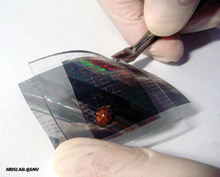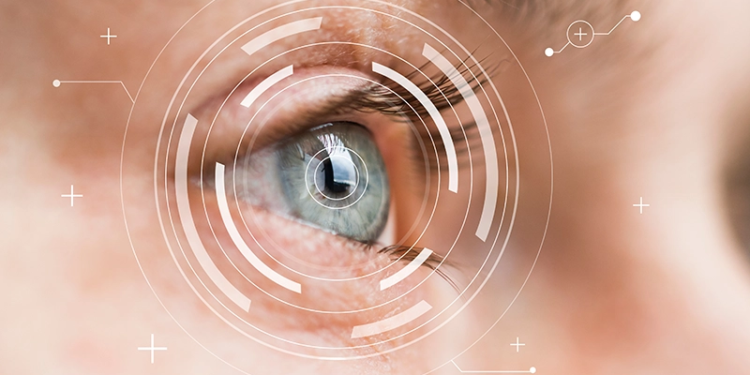
Photograph of the sensor using nanointerlocking technology courtesy of Kahp-Yang Suh, Seoul National University, Korea.
A team of engineers from Korea and the United States have collaborated to build a flexible and sensitive sensor that can detect pressure, shear, and torsion. This technology could provide robots with sensory data to help them navigate various environments more effectively, help people who have lost sensation in their skin, or restore sensation to individuals with prosthetic limbs by providing real-world sensory information. The new sensor is less complex, cheaper to make, and more sensitive than other sensors designed to mimic human skin.
The team says the idea for their strain-gauging material came from the way tiny hairs on some beetles’ bodies interlock with equally tiny hairs on their wings, allowing them to sense very small external stimuli, as reported by Phys.org. The sensor is based on two interlocked arrays of polymer fibers-each one micrometer long and 100 nanometers in diameter- that are supported on thin silicone layers. The arrays are platinum coated to conduct electrical current, which the team can then measure. When different stimuli are applied, the degree of interconnection and the electrical resistance of the sensor changes in a reversible, directional manner with specific, discernible strain-gauge factors, the engineers wrote in a study published July 29 in the journal Nature Materials. They further wrote that the sensor response is highly repeatable and reproducible up to 10,000 cycles with excellent on/off switching behavior, and that the sensor can be used to monitor signals ranging from human heartbeats to the impact of a bouncing water droplet on a highly water-repellant surface.




